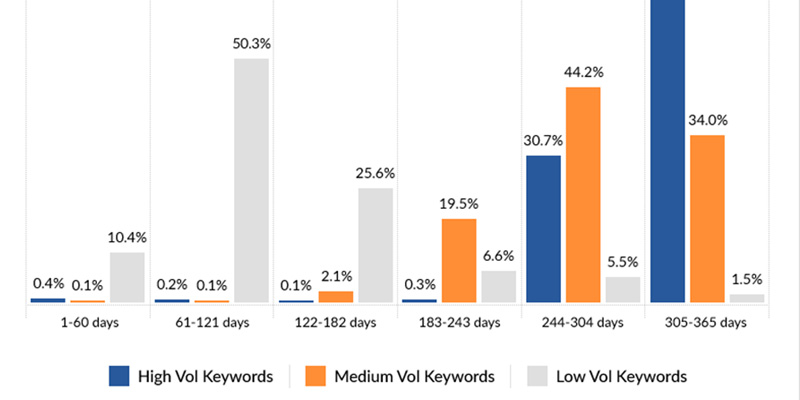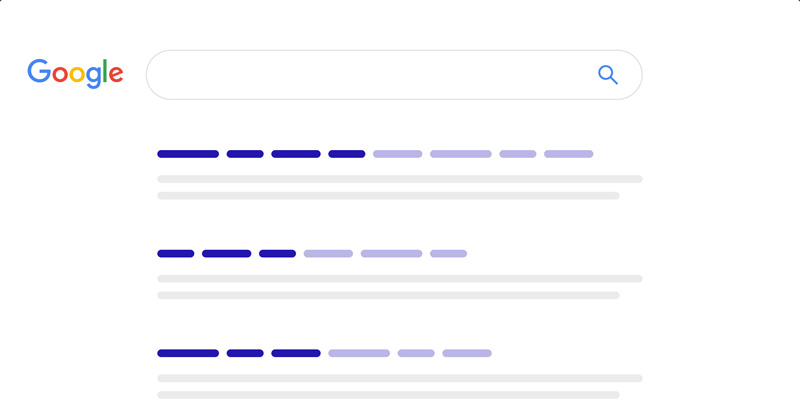Top Google Rankings refers to how high or low a website appears in the list of search results when someone uses Google to look for information. When you search for something on Google, the search engine uses a complex algorithm to decide which websites are the most relevant and valuable for your query. The websites that Google believes are the best match for what you’re looking for are ranked higher, appearing near the top of the search results page.
In addition, Several factors influence Top Google Rankings, including the use of relevant keywords, the quality of content, and the number of other reputable websites linking to a particular site. Essentially, the goal is for a website to be as close to the top of the search results as possible, making it more likely that people will click on it. This visibility is crucial for websites to attract visitors and effectively share their information or services with a broader audience.
Get A Free Estimate on Website Design
The Key to Soaring High on Google

Achieving a top Google rank involves a combination of on-page and off-page optimization strategies. Here’s a step-by-step guide to help you improve your website’s ranking:
Step 1: Keyword Research
- Identify relevant keywords related to your content and industry.
- Use tools like Google Keyword Planner, SEMrush, or Ahrefs to find high-search-volume and low-competition keywords.
Step 2: On-Page Optimization
- Include your target keywords naturally in the title, meta description, headers, and throughout your content.
- Optimize your URL structure to be concise and include relevant keywords.
- Create high-quality, informative, and engaging content that satisfies user intent.
Step 3: Mobile Optimization
- Ensure your website is mobile-friendly and responsive.
- Google prioritizes mobile-first indexing, so a seamless mobile experience is crucial for ranking.
Step 4: Page Speed
- Optimize your website’s loading speed. Use tools like Google PageSpeed Insights to identify and fix speed issues.
- Compress images, use browser caching, and minimize HTTP requests.
Step 5: Technical SEO
- Create an XML sitemap and submit it to Google Search Console.
- Implement a robots.txt file to guide search engine crawlers.
- Ensure proper canonicalization to avoid duplicate content issues.
Step 6: Backlink Building
- Acquire high-quality backlinks from reputable websites in your industry.
- Focus on natural link building through content creation, outreach, and partnerships.
Step 7: Social Signals
- Maintain an active presence on social media platforms.
- Share your content to increase visibility and encourage social signals.
Step 8: User Experience (UX)
- Improve overall user experience on your site.
- Make navigation intuitive, use clear calls-to-action, and ensure a positive user journey.
Step 9: Local SEO (if applicable)
- Optimize your Google My Business listing.
- Encourage customer reviews and respond to them promptly.
Step 10: Regular Content Updates
- Keep your content fresh and up-to-date.
- Regularly publish new articles or update existing ones to show your site’s relevance.
Step 11: Analytics and Monitoring
- Use Google Analytics to track your website’s performance.
- Monitor changes in rankings and traffic and adjust your strategy accordingly.
Step 12: HTTPS
- Ensure your website is secure by using HTTPS.
- Google tends to favor secure websites, and it contributes to a positive user experience.
Content Quality Over Quantity

Firstly, Focusing on making really good content is the key to getting a higher position on Google. Instead of just creating a lot of content, it’s more important to create content that is helpful, interesting, and well-made. Google likes websites that provide valuable information, so if your content is top-notch, it will likely rank higher in search results.
When others link to your content or talk about it on social media, it tells Google that your website is important. So, the idea is to focus on quality rather than quantity when it comes to the content on your website, and Google will likely reward you with a better rank.
Get A Free Estimate on Website DesignSchema Markup Demystified

Understanding and implementing schema markup is like unlocking a secret code that significantly enhances your website’s visibility on search engines, particularly Google. However, Schema markup is a form of structured data that provides search engines with additional information about your content, helping them better comprehend and display it in a more organized way. Furthermore, By demystifying this process and incorporating schema markup into your website, you’re essentially offering search engines a road map to interpret your content more accurately, leading to improved visibility and higher chances of appearing in featured snippets or enriched search results.
Structured data, facilitated by schema markup, allows search engine to present information in a more visually appealing and informative manner. Whether it’s showcasing product ratings, event details, or FAQs directly on the search results page, this enhanced presentation not only attracts more attention but also signals to users that your content is rich and relevant.
Get A Free Estimate on Website DesignBenefits of Top Google Rankings

Get a Top Google Rankings is like winning a popularity contest on the internet. It means more people can see your website when they search for things. This is great because when more people visit your site, it can lead to more customers or people reading your content. Also, being at the top of the list makes people trust your website more. So, being high on Google is like being the popular kid in school everyone notices you, and it brings lots of good things your way.
Get A Free Estimate on Website DesignOur Software House: Achieving Top Google Rankings

At our software house, we take immense pride in our commitment to excellence, and this dedication extends to our online presence. Securing a top position on Google has been a key focus for us. Through meticulous SEO strategies, we have optimized our website to stand out in the digital landscape. This not only ensures that potential clients easily find us when searching for software services but also reflects our expertise and reliability.
Why Google’s Top Spot Matters for Us
However, Earning a top spot on Google isn’t just about visibility; it’s a testament to the quality of our work and the trust our clients place in us. When someone searches for software solutions, we want to be the first choice. Being at the forefront on Google not only attracts more visitors but also reinforces our position as a leading software house dedicated to delivering innovative and reliable solutions.






 i am Ahsan.
i am Ahsan.
Leave a Reply